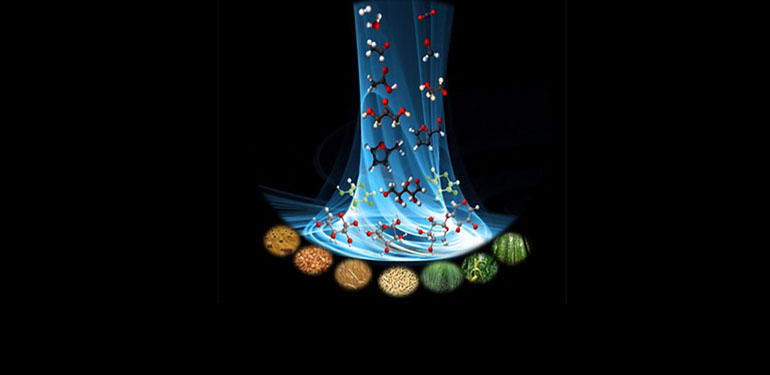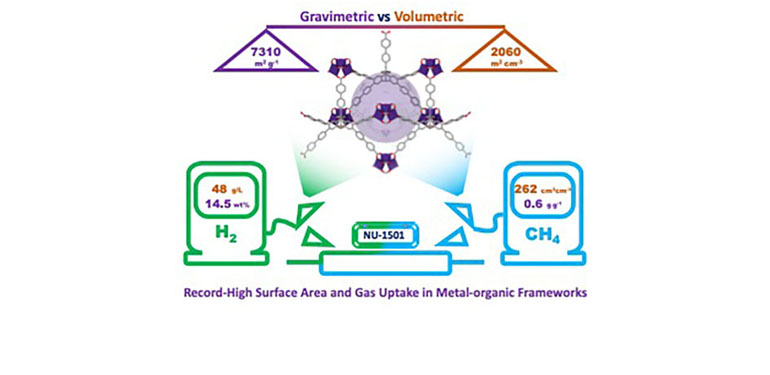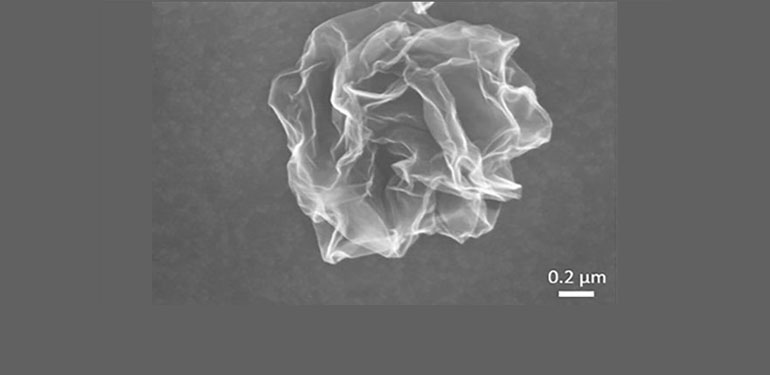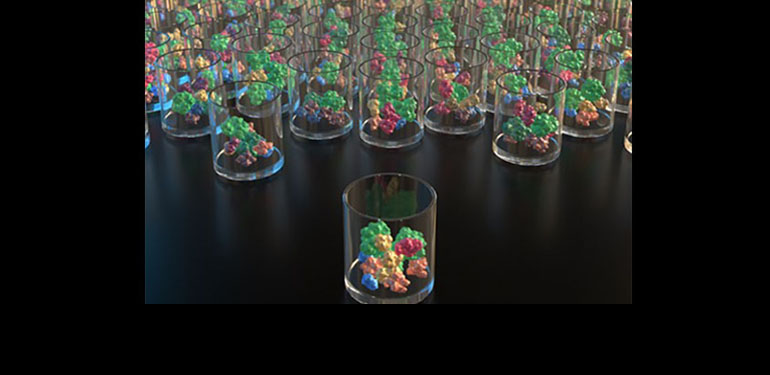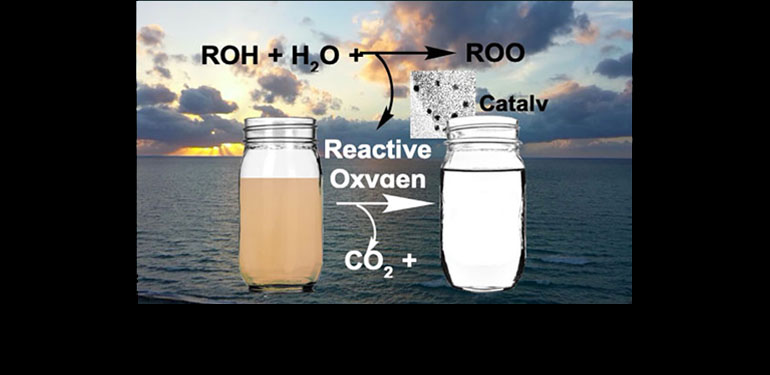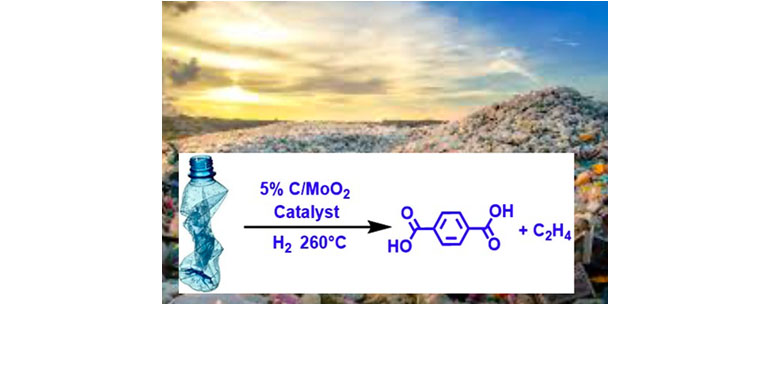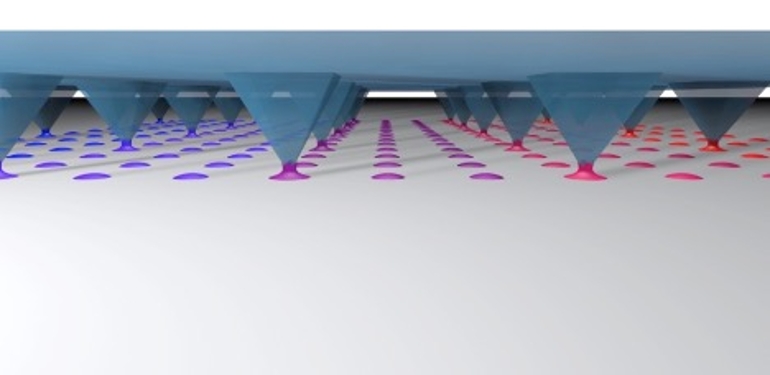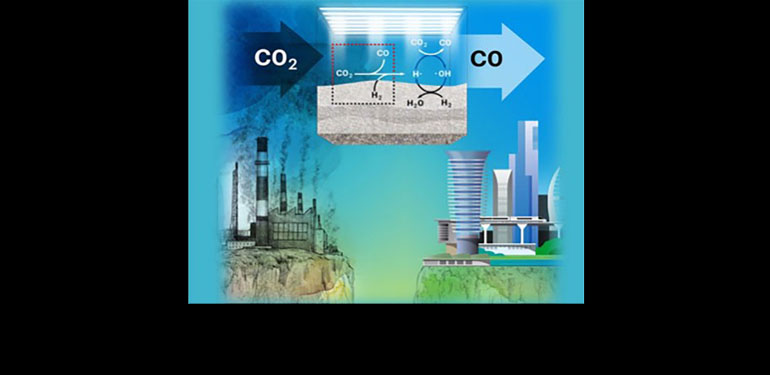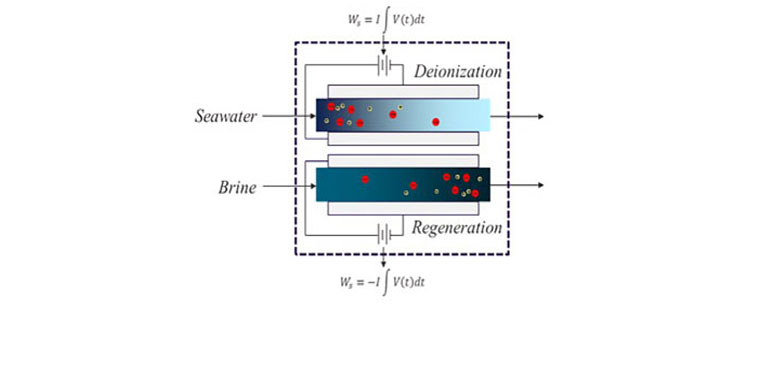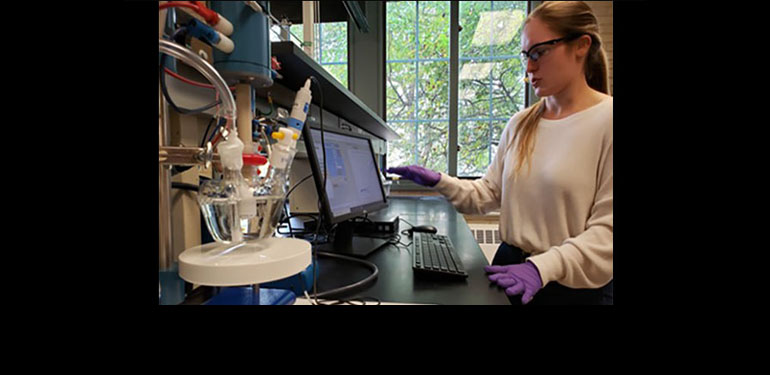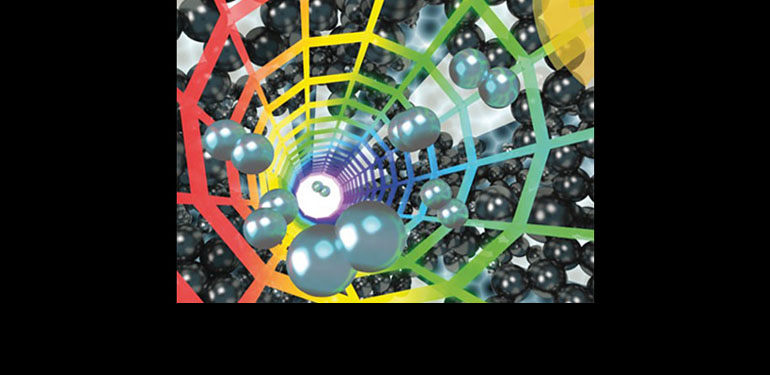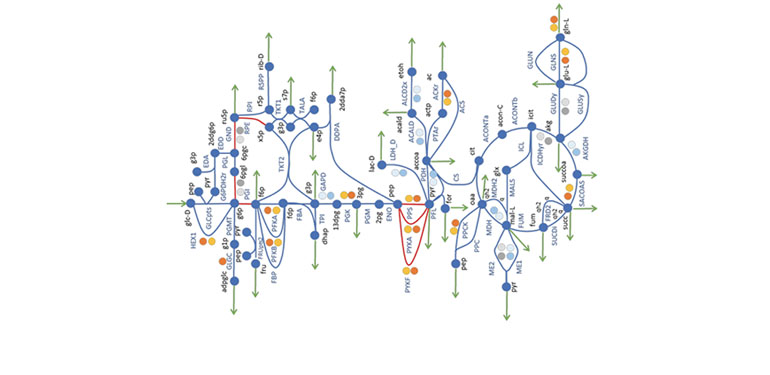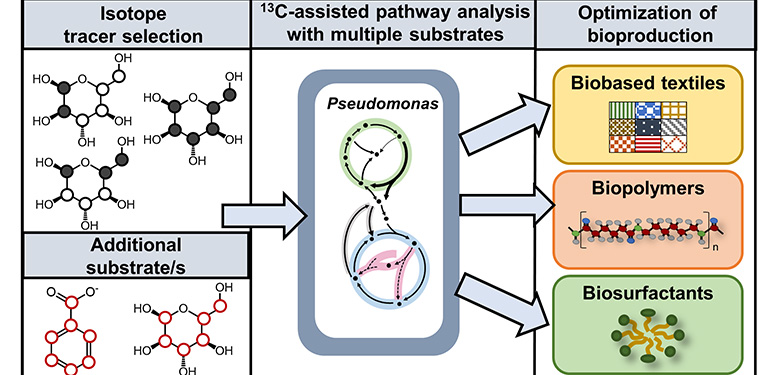Research / Areas of ResearchSustainability and Energy
The existential challenges to society posed by climate change, environmental degradation, and the loss of biodiversity will be exacerbated by population growth and the imperative to increase the quality of life for much of the world’s population. Chemical and biological engineers are uniquely prepared to address these challenges, for example, by developing environmentally friendly, energy-, water- and material-efficient materials and processes. Advanced technologies are required for climate change mitigation and adaptation. New and emerging materials and technologies can be designed to be inclusive and to minimize indirect adverse impacts on humans and the environment. The interconnection of sustainability and energy with health, food and water security, and economic opportunity shows that sustainability and energy impact all aspects of our lives. Experimental, theoretical, and computational research and analysis all contribute to sustainable and resilient designs and their implementation.
Faculty and Research Areas
The wide range of sustainability and energy research carried out in the department is illustrated by the faculty research thumbnails below:
 |
Linda BroadbeltNovel computational approaches to address hurdles facing the biomass industry in the transition to more sustainable fuels, chemicals and materials. |
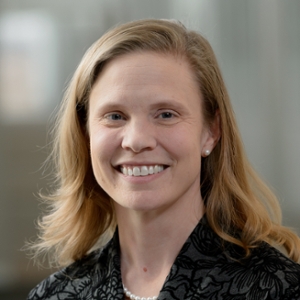 |
Jennifer DunnLife cycle and material flow analysis of emerging technologies, energy, bioeconomy, plastics, circular economy, water, batteries, AI for sustainability. |
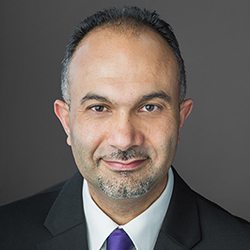 |
Omar FarhaThe Farha group designs metal-organic framework-based catalysts and adsorbents to enable a more sustainable and energy efficient future. |
 |
Kimberly GrayPhotoactive materials for environmental applications, graphene-based adsorbents & PEC membranes for water treatment, nanotoxicity, green infrastructure |
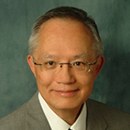 |
Harold KungCatalysis and surface engineering to reduce natural resource degradation in chemicals and materials production, water remediation and energy conversion. |
 |
Jeffrey LopezDesign of new materials for energy storage applications, charge transport, reactions at electrochemical interfaces, automated experimentation |
 |
Julius LucksEnvironmental monitoring with synthetic biology diagnostic technologies. |
 |
Tobin MarksThe Marks group has chemists and engineers working on waste polymer deconstruction and recycling, solar energy, and efficient hydrocarbon utilization. |
 |
Chad MirkinMirkin explores the enormous parameter space of polyelemental nanoparticles, identifying ones for fuel cells, solar energy, and light emission. |
 |
Justin NotesteinThe Notestein group is interested in designing selective catalysts for important chemical reactions to reduce waste and energy demands. |
 |
Aaron PackmanAnalysis and modeling of environmental transport processes; contaminant transport; waterborne disease transmission; urban sustainability and resilience |
 |
Jeffrey RichardsThe Richards Lab designs advanced materials and processes to improve the performance of sustainable energy and water technologies. |
 |
George SchatzThe Schatz group uses electronic structure and molecular dynamics to study problems including metals recovery, active materials, and photocatalysis. |
 |
Linsey SeitzElectrocatalysis, in situ spectroscopy, dynamic materials, and reactor design towards renewable production of fuels and chemicals. |
 |
Randall SnurrNanoporous materials for sustainability and energy, CO2 capture, energy storage, energy-efficient separations, adsorption cooling, water harvesting. |
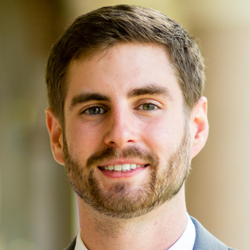 |
Dayne SwearerThe Swearer Lab develops photocatalysts for solar fuels, explores electromagnetic mechanisms for CO2 conversion, the generation of zero-carbon fuels, and remediation methods for anthropogenic pollutants. |
 |
John TorkelsonAdvanced polymers for sustainability; polyurethane replacements with non-isocyanate-based polymers; reprocessable polymer networks for tire recycling |
 |
Danielle Tullman-ErcekUsing enzymes to degrade and upcycle plastics, producing biofuels and biochemicals from sustainable feedstocks, developing biodegradable materials. |
 |
Keith TyoEngineering cells and enzymes by improving biofuel and biochemical production efficiency, and by synthesizing new molecules. |

